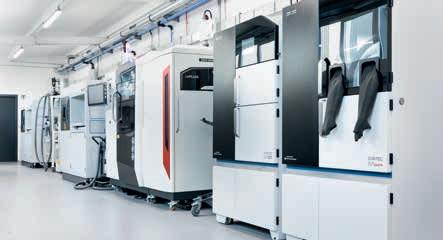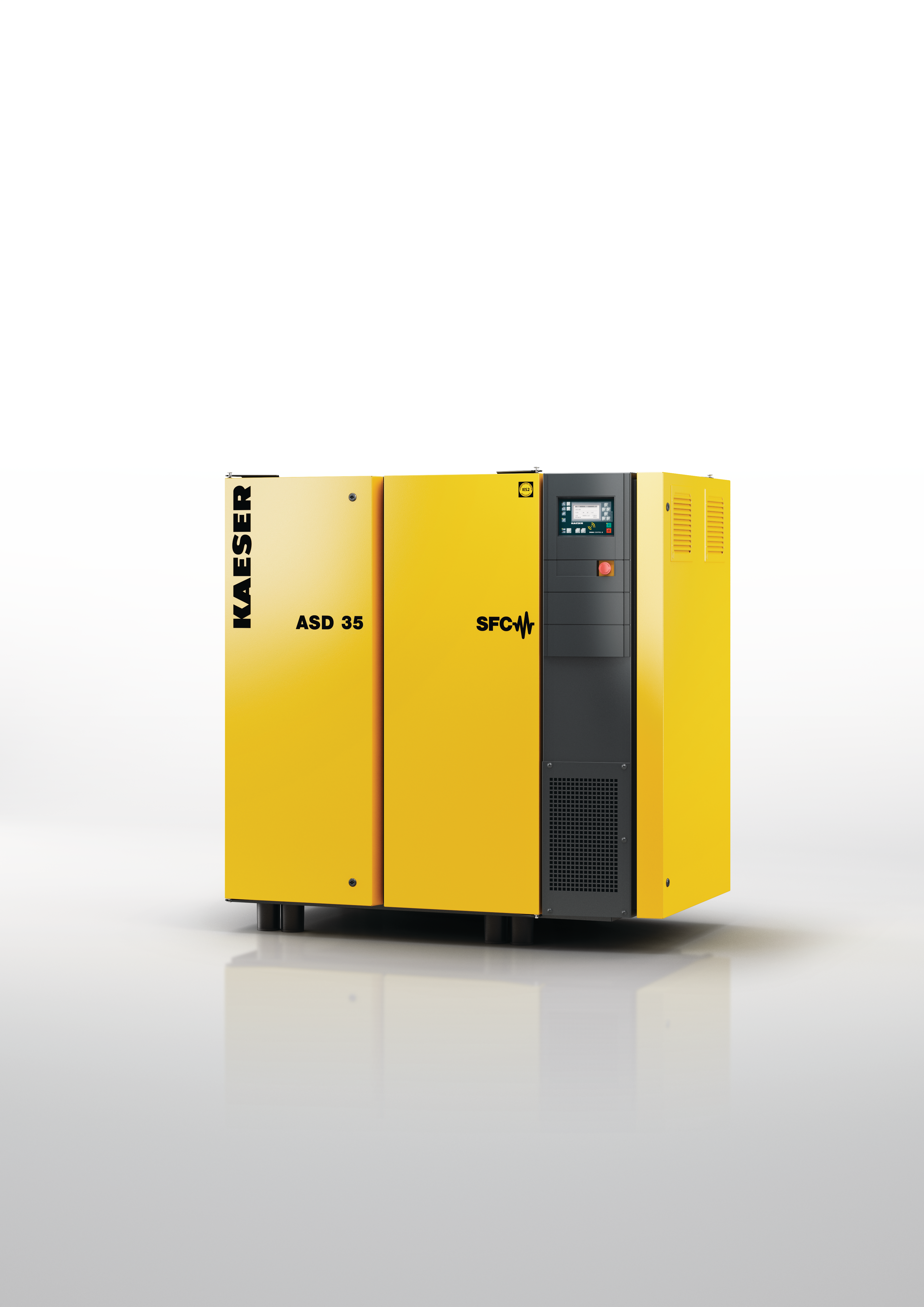
4 minute read
A passion for radiant smiles
Pioneers in industrial manufacturing for dental technology
Founding a company out of passion – this was a matter very close to the heart for the two managing directors Yohannes Woldegergis and Stefanos Hormann. Their company, i-ProDens, manufactures custom frameworks for highly aesthetic and compatible dental prosthetics, and supplies perfectly matched accessories. With their ideas and technical expertise, they have actively supported digitalisation in the dental laboratory sector.
Pioneers in industrial manufacturing for dental technology
As long-time employees of Kulzer, Yohannes Woldegergis and Stefanos Hormann were given the opportunity to take over Kulzer’s ‘cara’ production centre in the summer of 2019, and they didn’t hesitate for a moment. Yohannes Woldegergis recalls, “We had just flown back from our summer holiday and went straight to the notary to sign the purchase agreement. Everything happened very quickly after that, and we had to set up all of the business processes for i-ProDens within three months. We didn’t have much time, but despite everything, we were able to launch the new company on schedule in January 2020.”
i-ProDens GmbH develops digital processes for dental technology and manufactures custom frameworks for both fixed and removable dental prosthetics from a variety of materials on behalf of dental technology and practice laboratories. As pioneers in the industrialised production of custom dental prosthetics using CAD/CAM processes, the two managing directors are keenly passionate about new ideas. Their goal of making work easier for dental technicians and dentists in both practice and laboratory settings is achieved through highly streamlined processes. For over 15 years, they have been developing their own software solutions for in-house implant structures such as i-Bridge®X and i-Butment®. The use of high-quality materials in both additive and subtractive processes guarantees precise frameworks.

Moving in a hurry
The excitement of the launch phase continued for i-ProDens over the next three years: in 2023, they relocated to their new site in the Wolfgang Industrial Park in Hanau so as to have sufficient space for their work and accommodate future expansions. This came with its challenges however: very little time was available for renovation and relocation. As Yohannes Woldegergis explains, “There was no Plan B. The only option was for everything to go ahead as planned. Thanks to the tireless efforts of everyone involved, everything did indeed work out on time.”

Bright, light-filled rooms provide ample space for technical equipment, which is available to all 27 employees at their workstations. The entire building is constructed according to the latest energy science criteria to keep energy use and costs as low as possible. Naturally, this principle also applied to the planning of the compressed air supply. Compressed air plays a significant role at every workstation. All machines require compressed air as process and control air, as well as for cleaning and blowing off workpieces. Compressed air is used in a particularly interesting process within the context of 3D metal printing, whereby highly complex frameworks such as superstructures, cast models, primary and secondary parts, as well as crowns and bridges, are manufactured efficiently and consistently at the highest quality using laser melting. However, the prerequisite for this application is that the environment in the processing area where the compressed air is needed must be as free from oxygen as possible. Due to the sensitive materials involved, a compressed air purity class of 1-4-1 as per ISO 8573-1:2010 is required.
Without compressed air, not a single tooth can be made here.
Yohannes Woldegergis, Managing Director
Heating with compressors?
At the previous site in Hanau, compressed air was a purchased product. Unsurprisingly, this supply method was very expensive. It was clear that investment in a modern, highly efficient compressed air station would significantly reduce energy consumption and, consequently, compressed air costs. As a result, focus was placed on sustainability, energy efficiency, and the possibility for comprehensive monitoring when planning the new station. Moreover, the operators wanted to cover the company’s entire heating demand through heat recovery, made possible by internal plate-type heat exchangers in the compressors.
The resulting highly efficient compressed air station comprises two ASD 35 rotary screw compressors (7.5 to 10 bar, flow rate 2.63 to 3.15 m³/min) and a frequency-controlled ASD 35 (7.5 bar, flow rate 0.88 to 4.00 m³/min) with a synchronous reluctance motor that covers peak demand. These new-generation ASD rotary screw compressors not only produce more compressed air for less energy, but also combine exceptional versatility, ease of use and straightforward maintenance with environmental friendliness. The two SECOTEC TD 94 energy-saving refrigeration dryers ensure consistently dry air with maximum reliability.










